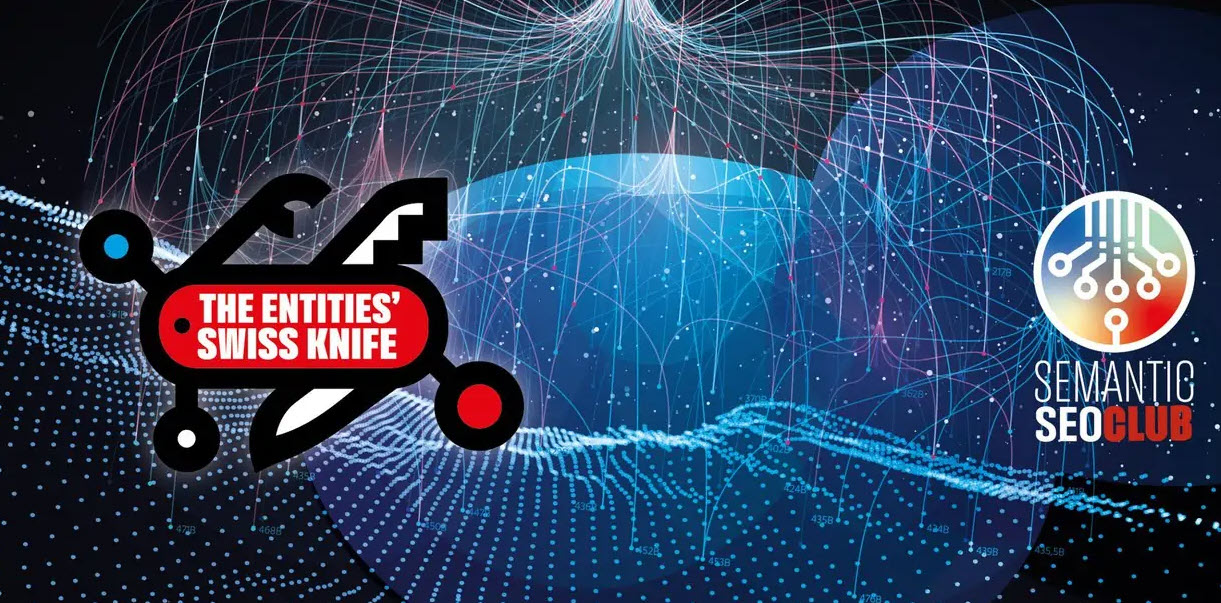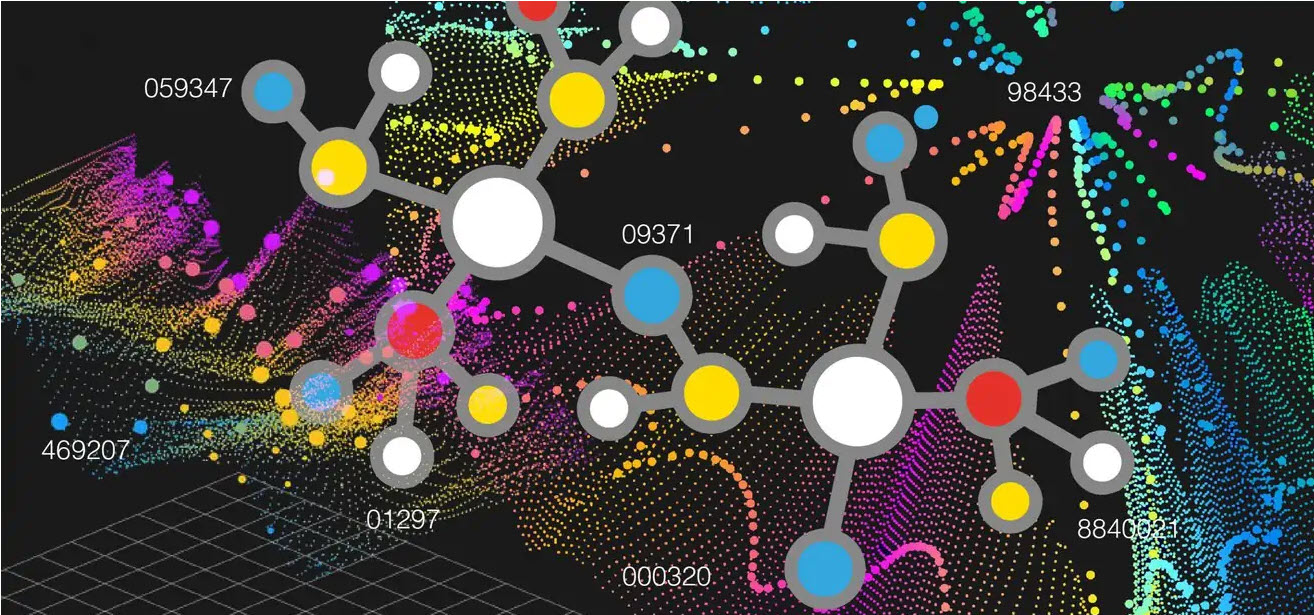
Structured Data
Distinctions between a Lexical Search Engine as well as a Semantic Search Engine.
While a typical lexical online search engine is roughly based upon matching search phrases, i.e., basic text strings, a Semantic Search Engine can "comprehend"-- or at the very least attempt to-- the definition of words, their semantic relationship, the context in which they are placed within a paper or an inquiry, hence achieving a much more accurate understanding of the user's search intent in order to generate even more appropriate results.
A Semantic Search Engine owes these capacities to NLU algorithms, Natural Language Understanding, as well as the presence of structured data.
Topic Modeling and also Content Modeling.
The mapping of the distinct devices of content (Content Modeling) to which I referred can be usefully carried out in the style phase and can be related to the map of topics treated or treated (Topic Modeling) as well as to the structured information that shares both.
It is a fascinating practice (let me understand on Twitter or LinkedIn if you would certainly like me to discuss it or make an impromptu video) that allows you to develop a site as well as establish its content for an extensive treatment of a topic to get topical authority.
Topical Authority can be referred to as "deepness of proficiency" as regarded by online search engine. In the eyes of Search Engines, you can come to be an authoritative source of information worrying that network of (Semantic) entities that define the topic by constantly creating initial high-quality, comprehensive content that covers your wide topic.
Entity linking/ Wikification.
Entity Linking is the procedure of identifying entities in a text file as well as relating these entities to their unique identifiers in a Knowledge Base.
When the entities in the text are mapped to the entities in the Wikimedia Foundation resources, Wikipedia as well as Wikidata, wikification happens.


